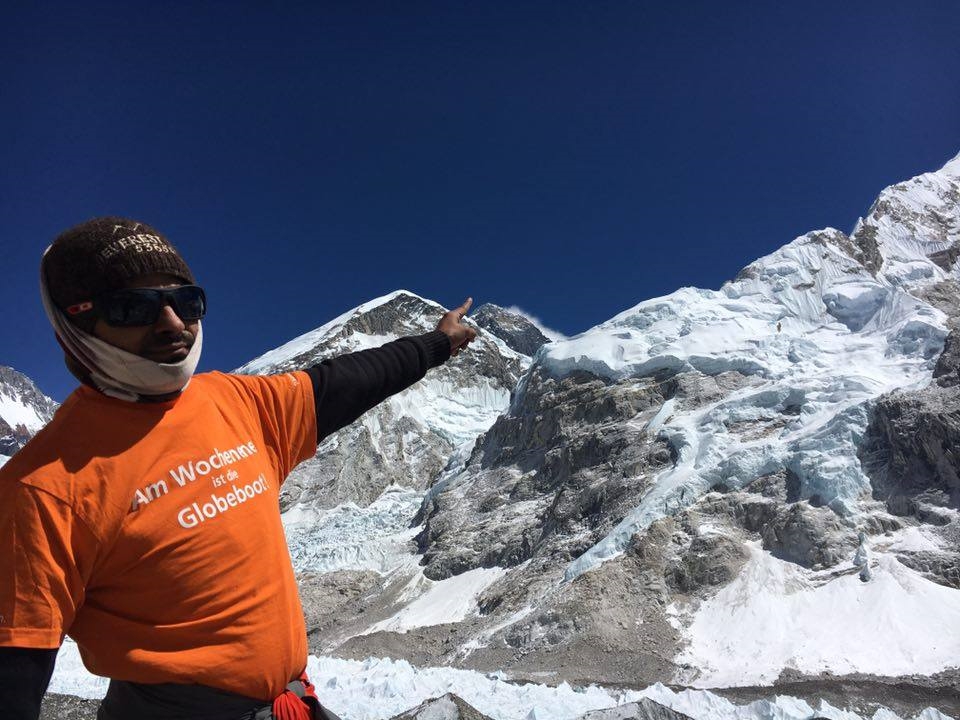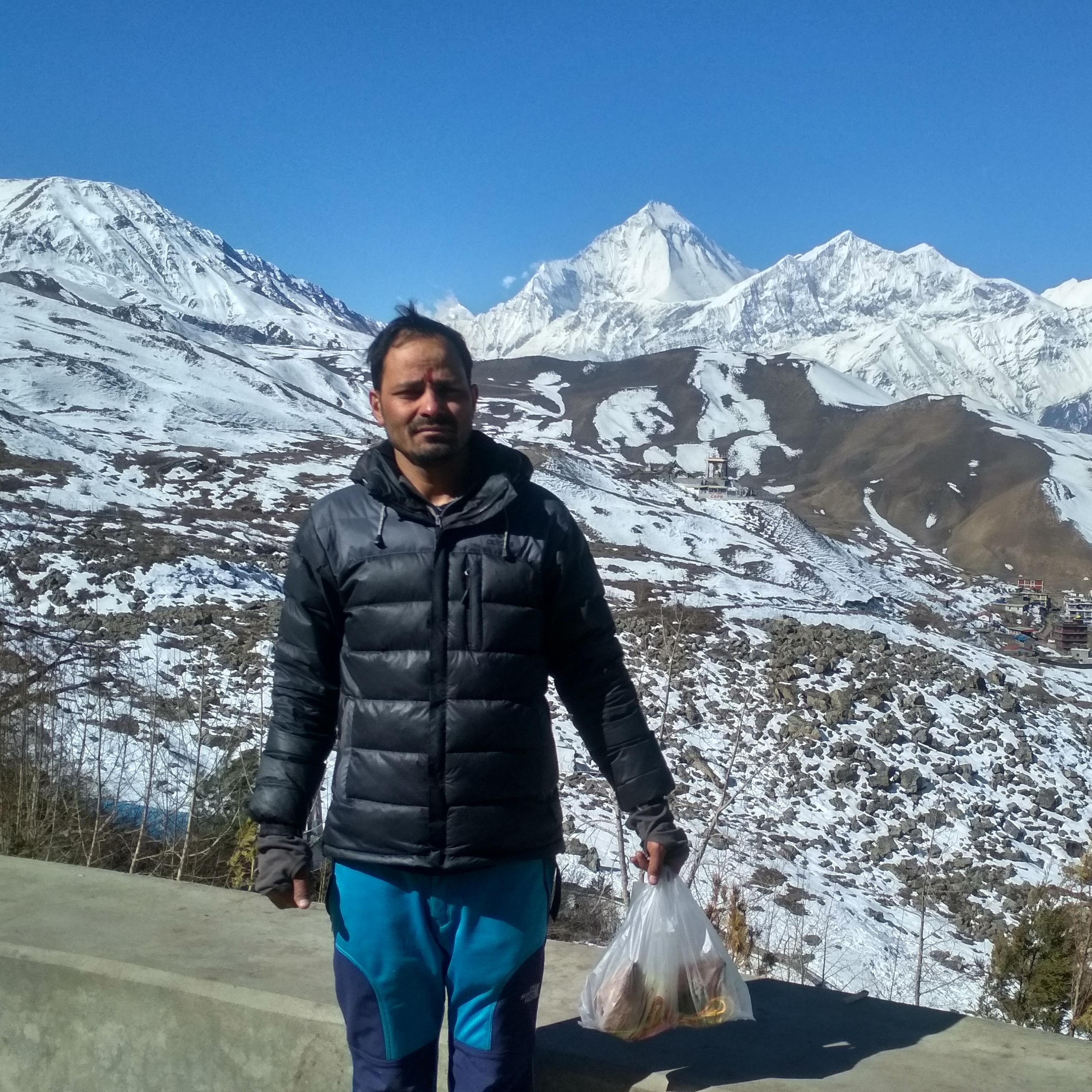Nar Phu Valley Trek
Nar Phu Valley Trek Highlights
- Passing through the most isolated regions of Nepal
- Yak hurdles around the trails of the Phu and Nar
- Numerous mani walls and chortens around the path
- Experience the astonishing view of Mt. Himlung and other mountain ranges from Phu village
- Unique culture, language, and lifestyle of the people
- Eye- catching view of the AnnapurnaⅡAnnapurnaⅢ AnnapurnaⅣ Ganga purna, Tilicho peak from Kang La Pass (5320 m)
- Stunning view from Koto of Mt. Lanjung and Mt. Manaslu
- Explore narrow and colorful George, the glacier of peaks, and monasteries
One of the unexplored and pristine areas of Annapurna, the Nar Phu Valley is a hidden treasure. It is the last surviving fragment of the long-lost Tibetan forbidden kingdom, which was discovered in Nepal. Known as “The Little Tibet,” the Annapurna region contains two well-known villages: Nar and Phu. The trek in Nepal’s most remote and challenging Annapurna region is the Nar Phu Valley Trek. Phu (4250 m) is a village in front of Himlung Mountain, and Nar (4150 m) is a large village before Kang La Pass (5320 m). This trek offers a variety of experiences, including a visit to a remote village in the Nar Phu region, a high and challenging Kang La Pass, a multitude of yaks and their pastures, a breathtaking view of the mountain peaks, lean and colorful Georges, and glacier peaks.
This is a less popular trek than another Annapurna trek. Therefore, it is appropriate for hikers looking for a quiet adventure in a serene setting. The Annapurna circuit can also be done nonstop. After you complete Kang La Pass, it’s a fantastic opportunity. Tilicho Lake is also an option.
Suitable season
In general, trekking in Nepal is suitable throughout the entire season. However, the best seasons for the weather and scenery are spring and autumn. Flowers bloom and new leaves begin to grow in the spring. The surroundings turn green, providing you with clean air and aesthetic pleasure. Autumn is the festive season in a similar way. One can appreciate the significance of festivals and the way they are celebrated in Nepal. The weather is suitable for trekking because it’s not too hot or cold.
Permits required for Annapurna circuit trek
Simply, every Himalayas in Nepal is a protected area, with the popular name of the Himalayas and Nar Phu trek also comes under Annapurna Conservation Area Project (ACAP). All the trekkers trekking Nar Phu valley need three different permits. They are:
- Annapurna Conservation Area Project (ACAP) permits.
- Trekkers’ Information Management System (TIMS) permits.
- Special Trekking permits of Nar Phu valley trek.
Altitude Sicknes
Altitude sickness typically happens when you ascend to a high altitude too quickly. At high altitudes, your body tries to adapt to the lower oxygen levels and lower air pressure, which can cause symptoms like fatigue, headaches, and nausea.
Here are a few strategies to help you avoid experiencing altitude sickness:
- Stop and rest where you are.
- Do not go any higher for at least 24 to 48 hours.
- Make sure you are drinking enough water.
- Do not smoke, drink alcohol, or exercise.
- Eating foods and drinking fluids that contain carbs such as bread, pasta, fruits, milk, rice, etc.
Travel Insurance
Travel insurance is required for any trek in Nepal, including the Nar Phu valley trek. Make sure your travel insurance includes coverage for unexpected emergencies and high-altitude trekking when purchasing it. You can also get coverage of other activities such as mountaineering, hiking, and adventure sports. In the case of an unplanned accident, it can provide you with financial security and peace of mind.
Guide and Porter
It is mandatory for all hikers to hire a certified trekking guide and obtain a TIMS card from approved trekking agencies that are registered with the Nepalese government. Crucially, Nepal Holiday Treks and Tours Pvt. Ltd. is a trustworthy business that can offer you a porter and guide who is both technically sound and safe. They always have the necessary supplies, first aid kits, and safety equipment on hand.
Foods and Accommodation
A staple dish of Nepali cuisine is dal bhat, a curry made with organic, healthful fresh green vegetables. Meals are served at tea shops and lodges; they are typically a combination of western and Nepalese cuisine. Vegetarian options are also available. Throughout the hike, you will savor a wide variety of delectable foods.
The lodging is simple, usually consisting of a shared room with twin beds. Some tea houses may have common areas where you can relax and chat with other hikers.
Nar Phu Valley Trek Itinerary
Drive from Kathmandu to Jagat
Trek from Jagat to Dharapani
Trek from Dharapani to Koto
Trek from Koto to Meta
Trek from Meta to Phu Gaun
Acclimatization day at Phu Gaun
Trek from Phu Gaun to Nar
Acclimatization Day at Nar
Trek from Nar to Ngwal via Kang La Pass
Trek from Ngwal to Manang
Trek from Manang to Yak Kharka
Trek from Yak Kharka to Thorong Phedi
Trek from Thorong Phedi to Muktinath via Thorong-La Pass
Trek from Muktinath to Jomsom
Fly from Jomsom to Pokhara
Drive from Pokhara to Kathmandu
Nar Phu Valley Trek Inclusions
What's included
- Annapurna conservation area special permit
- A highly Experience, helpful, knowledgeable, friendly, English speaking well trained, government license holder Guide with all his salary, food, Drinks, accommodation, equipment, transport, and insurance
- Strong, helpful, porters with proper safety equipment and walking equipment his salary, food, drinks, accommodation, transport & insurance, (one porter for two people & he will carry bag pack max 20-25kg)
- 3 meal a day , lunch , dinner , breakfast , and 3 coupe of tea or coffee a day during the trek
- Sleeping bag and down jacket during the trek
- All tax and company service charge
- Kathmandu to Besisahar by Local bus and Besisahar to Koto by sharing Jeep
- Pisang to Besisahar by sharing jeep and Besisahar to Kathmandu By Local Bus
Add-ons
What's not included
- Fee of visa for Nepal
- Personal expenses for bar and beverages bills , bottle of water , desserts , extra porters, shower, laundry or any other program which are not mentioned by the company
- Airfare to come Nepal or return back to your own country
- If you want to stay for extra nights in a certain destination
- Travel insurance for health and evacuation
- Tips which may be provided by you to our guides, porters or anyone during the trip
Nar Phu Valley Trek FAQs
Where is Nar Phu Valley?
Situated in the northwest of Nepal, the Nar Phu Valley trek is part of the Annapurna Conservation Area. This trek leads you to the less traveled route because the Nar Phu Valley is shaded by the Annapurna and Himlung Peaks.
Can I Do Nar Phu Trek Without a Guide?
Since this trek is located in a restricted area, you must obtain the permit prior to beginning your hike. As a result, in order to obtain a permit, you must either join another group or have the approval of at least two other trekkers. For this trek, you must also employ a professional guide who holds a valid license.
Can I Charge My Electronic Devices While Exploring the Nar Phu Valley?
Like other trekking destinations in Nepal, there's an electronic device charging tea house along the trail in Nar Phu Valley. However, the charging facility is an additional expense, and the tea house's prices vary based on altitude.
Do I need any permits for this trek?
Certain areas have been designated by the Nepalese government as restricted or conservative areas, requiring permits to enter. Nar Phu Valley is one of them; it's a restricted area. Therefore, two permits are also needed for this trek: an Annapurna Conservation Area Project permit (ACAP) and a Special Restricted Area Permit (RAP).




